The growth of dental diseases and increased demand for dental treatments is correlated with the rise of the dental 3D-printing market, according to a new report. Between 2023 and 2035, 3D printing in dentistry is expected to grow an average of 12.6% per year over the 12-year period. The prosthodontics sector currently accounts for the largest share in global dental 3D printing, with 55% of the market share.
3D printing is an attractive solution to challenges faced by the dental industry, producing high quality and more accurate products, from crowns to implants. The process may save time and money for both patient and dentist, while the digitalised process could also allow for highly customisable products, offering a more precise and accurate solutions for even the most complex treatments.
The global growing incidence of dental caries has led to experts utilising the technology to prevent tooth decay. Dental caries currently affects 92% of the adult population, with global annual management and treatment costing over 300 billion USD, according to the World Health Organisation. A new study carried out by researchers at the Institute of Pharmaceutical Sciences at ETH Zurich examined the use of 3D printing of a controlled urea delivery device for the prevention of tooth decay. Currently, caries prevention relies on topical formulations containing fluoride. Experts at the Institute of Pharmaceutical Sciences suggest these effective fluoride treatments may not be sufficient in high-risk individuals, leading to the exploration of alternative strategies – such as the neutralisation of acid in the oral cavity.
The study, published in the International Journal of Pharmaceutics fabricated 3D printed personalised dental trays with a local and prolonged release of urea. The buffering capacity of urea in the printed object was investigated in-vitro in the presence of Streptococcus salivarius (S. salivarius), a common urease-producing bacteria from the oral cavity. Researchers demonstrated that urea can be incorporated in a 3D printed dental tray, with the delivery controlled to certain parts of the dental tray. Importantly, the study suggests it is possible to unidirectionally release urea towards the enamel, with the ability to achieve high local concentrations. This may potentially improve the efficacy of the anti-cariogenic loaded agent. What’s more, the study showed a reduced acidification of saliva by carbohydrates in the presence of urea-loaded 3D printed tooth caps.
Dental 3D printers can also produce highly accurate restorations, from various materials including resins, plastics and ceramics. A new study conducted by the dual Departments of Prosthodontics and Orthodontics at Heidelberg University Hospital observed the fit of anterior zirconia veneers made by either 3D printing or milling.
The study, published in the March 2023 issue of the Journal of Dentistry, found that the fit of 3D-printed ceramic anterior restorations meets clinical standards. In addition, 3D printing is associated with a greater geometrical freedom than milling, and allows for tighter adaption even after minimally invasive preparation.
Currently, North America captures 45% of the global 3D printing market, while a third of the industry is conducted in Europe. However, researchers are predicting the Asia-Pacific region is likely to grow at the fastest pace over the next 12 years.
Tags:
TORONTO, Canada: According to a recently published report, the ageing population and the growing awareness of available dental treatment options will ...
The demand for the clear aligner market is growing due to increasing demand for aesthetic dentistry and the appeal for clear aligners as an orthodontic ...
The global dental composites market is anticipated to grow, due to changes in diet and lifestyle, and a rapidly growing geriatric population across the ...
CHARING, UK: In addition to oral surgery, dental lasers are used for a variety of applications, ranging from caries diagnosis to periodontitis treatment and...
London, UK: The global paediatric oral care market is currently estimated to be worth USD 9 billion. A global Research and Markets report shares that the ...
The “Dentaverse” aims to reduce the gap between physical and virtual dental care for dental professionals and dental students. A new report ...
LONDON, UK: Seeking to improve oral cancer detection and treatment, researchers from Queen Mary University of London have developed the first polymerase ...
LONDON, UK: The global dental 3-D printing market is expected to grow to US$9.7 billion by 2025, according to a new report by Grand View Research. The ...
GLOUCESTER – Dental bur manufacturer Prima Dental has announced that it will be entering the Indian dental market with the launch of a full range of ...
BIRMINGHAM, UK: Held at the National Exhibition Centre in Birmingham on 17 and 18 May, Dental Technology Showcase 2024 attracted both local and ...
Live webinar
Wed. 14 January 2026
5:00 pm UTC (London)
Dr. Théo Laplane, Dr. Robert Gottlander DDS
Live webinar
Fri. 16 January 2026
5:00 pm UTC (London)
Live webinar
Mon. 19 January 2026
6:00 pm UTC (London)
Philipp Kopp, Michael Seeber
Live webinar
Thu. 22 January 2026
2:00 pm UTC (London)
Prof. Judith Jones D.D.S; M.P.H., Prof. Kakuhiro Fukai D.D.S., Ph.D, Dr. Bathsheba (Bethy) Turton
Live webinar
Thu. 22 January 2026
7:00 pm UTC (London)
Dr. Nicola M. Grande DDS, PhD
Live webinar
Wed. 28 January 2026
1:00 pm UTC (London)
Live webinar
Wed. 28 January 2026
4:00 pm UTC (London)
Prof. Dr. Jan-Frederik Güth



 Austria / Österreich
Austria / Österreich
 Bosnia and Herzegovina / Босна и Херцеговина
Bosnia and Herzegovina / Босна и Херцеговина
 Bulgaria / България
Bulgaria / България
 Croatia / Hrvatska
Croatia / Hrvatska
 Czech Republic & Slovakia / Česká republika & Slovensko
Czech Republic & Slovakia / Česká republika & Slovensko
 France / France
France / France
 Germany / Deutschland
Germany / Deutschland
 Greece / ΕΛΛΑΔΑ
Greece / ΕΛΛΑΔΑ
 Hungary / Hungary
Hungary / Hungary
 Italy / Italia
Italy / Italia
 Netherlands / Nederland
Netherlands / Nederland
 Nordic / Nordic
Nordic / Nordic
 Poland / Polska
Poland / Polska
 Portugal / Portugal
Portugal / Portugal
 Romania & Moldova / România & Moldova
Romania & Moldova / România & Moldova
 Slovenia / Slovenija
Slovenia / Slovenija
 Serbia & Montenegro / Србија и Црна Гора
Serbia & Montenegro / Србија и Црна Гора
 Spain / España
Spain / España
 Switzerland / Schweiz
Switzerland / Schweiz
 Turkey / Türkiye
Turkey / Türkiye
 UK & Ireland / UK & Ireland
UK & Ireland / UK & Ireland
 International / International
International / International
 Brazil / Brasil
Brazil / Brasil
 Canada / Canada
Canada / Canada
 Latin America / Latinoamérica
Latin America / Latinoamérica
 USA / USA
USA / USA
 China / 中国
China / 中国
 India / भारत गणराज्य
India / भारत गणराज्य
 Pakistan / Pākistān
Pakistan / Pākistān
 Vietnam / Việt Nam
Vietnam / Việt Nam
 ASEAN / ASEAN
ASEAN / ASEAN
 Israel / מְדִינַת יִשְׂרָאֵל
Israel / מְדִינַת יִשְׂרָאֵל
 Algeria, Morocco & Tunisia / الجزائر والمغرب وتونس
Algeria, Morocco & Tunisia / الجزائر والمغرب وتونس
 Middle East / Middle East
Middle East / Middle East






























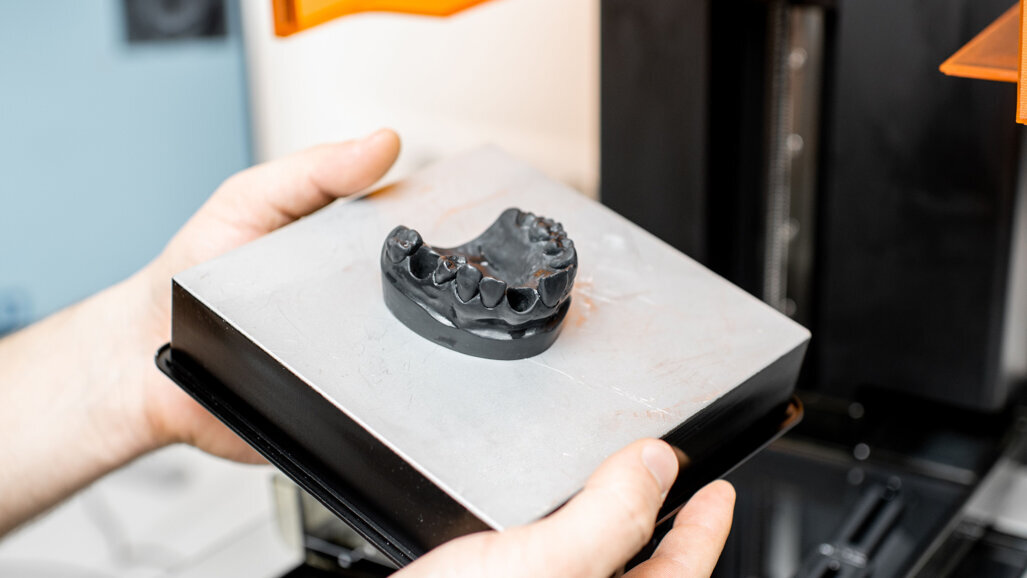




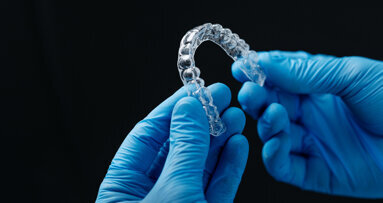
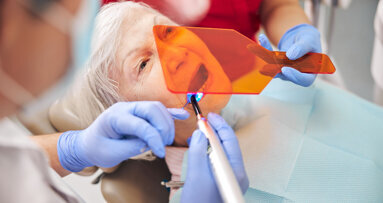
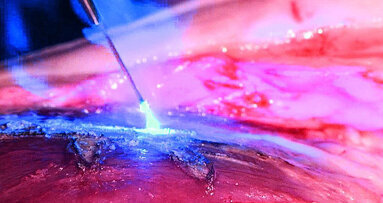

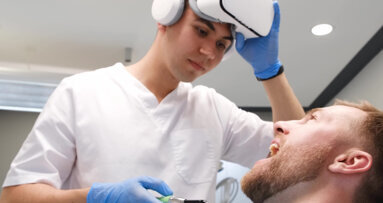














To post a reply please login or register